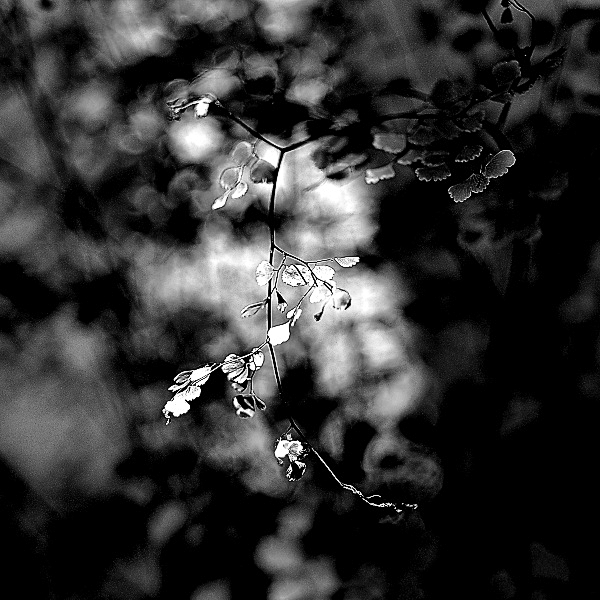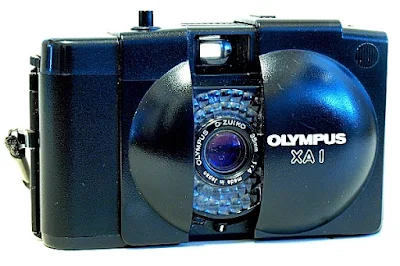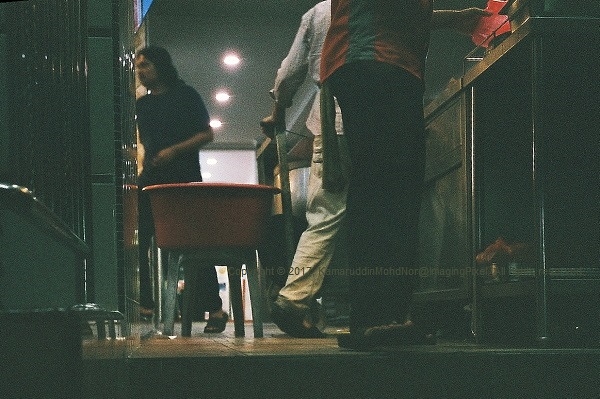Favored by both Nikon photo enthusiasts and used extensively by photojournalists as a standard prime, the Nikkor 35mm 1:2s has been in production since 1965. The lens is a solid all-metal and glass construction, with an excellent focus ring, and a long focus throw, excellent for a more accurate focus.
The Nikon Nikkor Ai-S 35mm 1:2 came with strong credentials as well. Ken Rockwell used it as his normal lens on his Nikon cameras until he replaced it with the 35mm F1.4. His main advocate, however, is that the lens should not be used for night photography with bright points and light sources, as the lens has a tendency to produce strong ghost effects.
Beyond that, other users give the lens their thumbs up as well. Image quality was the strong suit, sharp and contrasty even from f/2, sharpest at f/4, and good through f/11.
 |
| Olympus E-P5, Nikkor Ai 35mm 1:2 |
Shot wide open in a 1:1 image aspect ratio on the 2x crop sensor E-P5, these images are not up for evaluation of edge or sweet spot sharpness, coma, or chromatic aberration, which can be an advantage to some as much as it disadvantage to others. A lot can be done while the image is post-processed as well.








































